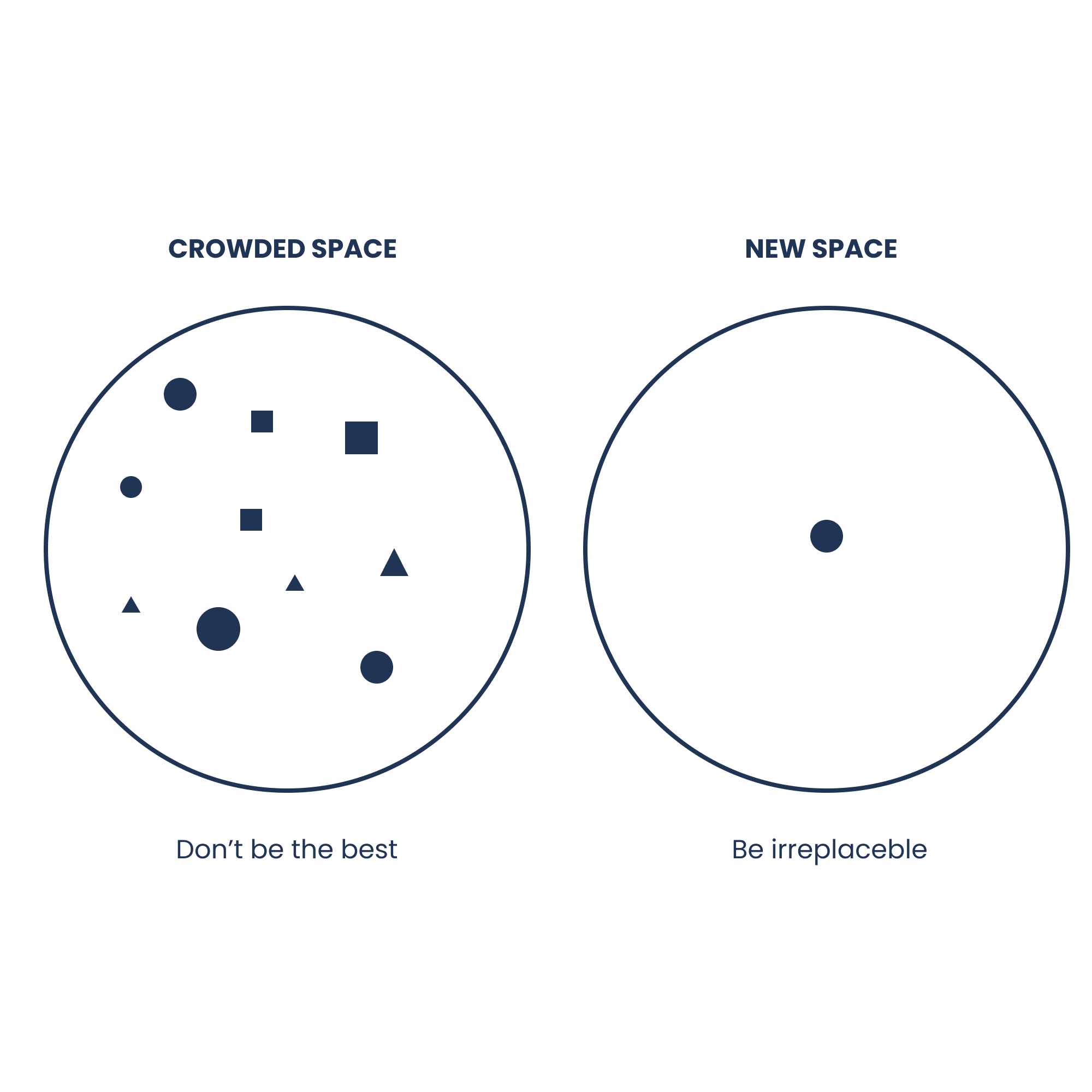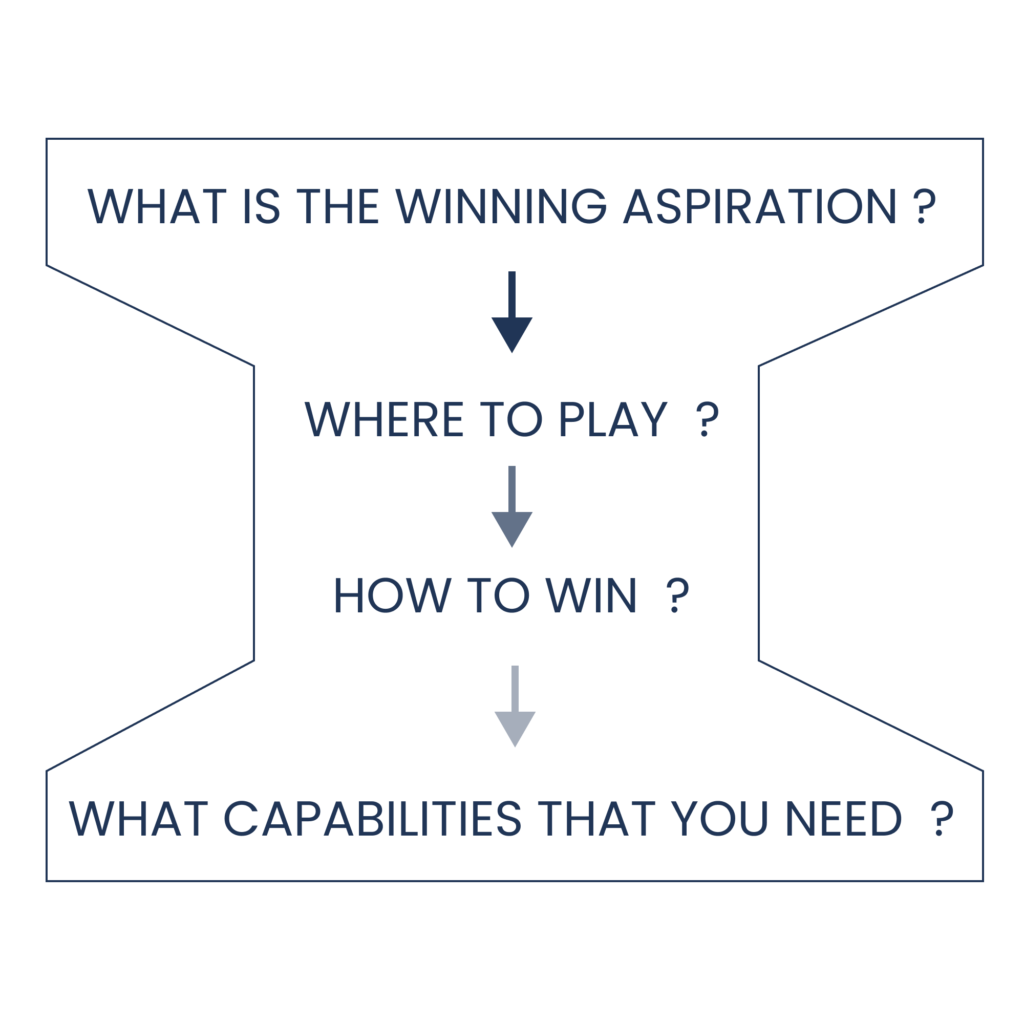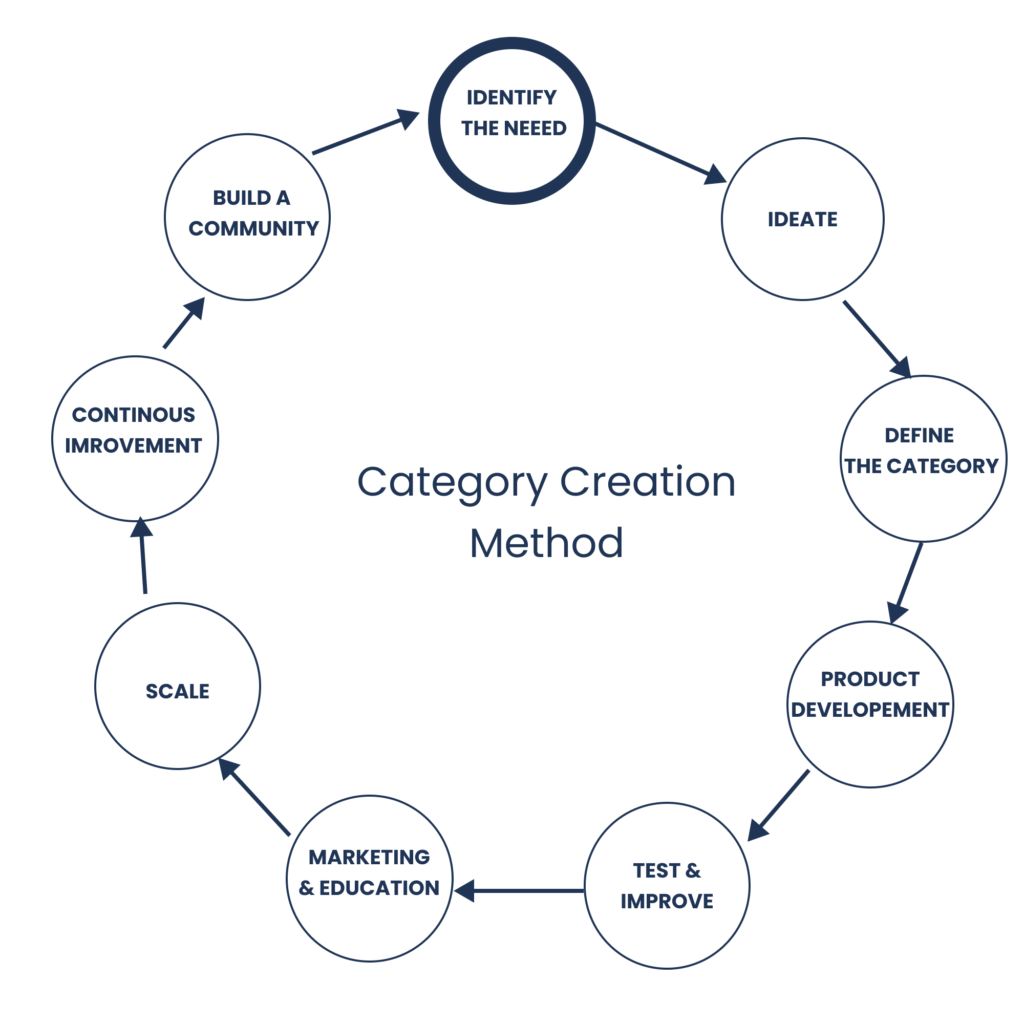
I remember when I worked as a product manager for a top marketplace. We were number one.
But, our competition was getting closer. At first, I tried to make little changes to our product to make our customers happier. But, this didn’t keep our competition away. I didn’t know what to do.
Then, I watched a show called La Perle by Dragone in Dubai.
My Night at La Perle

A friend invited me to see La Perle by Dragone. It’s a permanent show in Dubai. It was amazing! There were acrobats, daring stunts, great singers, cool lights, and an exciting story. I loved it! But, it was more than a circus.
The person who made La Perle is Franco Dragone. He’s famous for his work on Cirque du Soleil and Le Reve. He wanted to make the best show in the world. But, he had to make smart choices. He didn’t have a lot of money. So, he couldn’t just add more animals or acrobats to the show. He had to think differently.
Dragone’s New Ideas
Kids come to the circus to see the circus stars, be in the huge tent, and see the big scary animals, and the clowns.
The problem was having all those cost a fortune, except for the clowns.
Every new circus competed by using the same formula, having an extra animal, bigger stunts, and a bigger tent.

Dragone asked himself four important questions:
1. What is the Winning aspiration?
He wanted to create the best show on the planet
2. Where to play?
He shifted the buyer group from kids, the end users of the traditional circus to adults, the purchaser of the traditional circus.
He took best practices from different industries like theater, broadway shows, and opera.
3. How to win?
He removed circus stars.
But investing in training his staff and putting makeup and masks on their face.
This reduced the cost of the staff and made them replaceable.
He removed animals.
But invested in lightning, and music.
He crafted an exciting story that will make the audience cheer for the main character until the very end.
Removed the iconic tent
He decided to perform in the theater instead of in tents.
This reduced the cost of moving equipment, and labor costs to set up a tent every time they moved to a new city
4. What capabilities do you need?
He needed to be a good storyteller, he was a director so it is easy for him.
He needed to create exciting choreography that will fit with the music and move the audience with it.
he needed to create a small academy to train his staff, to rehearse the show.
And much more capabilities like costume design, booking venues, marketing, etc…
“You get rid of the thought of competition. You are to create, not to compete for what is already created. You do not have to take anything away from anyone.” Wallace D.Wattles
he created a new type of show. It was different from other circuses.
Category Creation Method
I’ve started a few companies and advised some. I see a common mistake. Many companies try to make small changes to what they already have. They don’t make new things. Yes, it’s easier to go from 100 to 110 than from 0 to 1. But, making new things can bring great success.

So, how do innovate and create a new category? Here are some steps:
1. Find the Need: Look for what customers need that they don’t have.
Understand your potential customer’s needs that are currently unmet or poorly met. This includes:
- Identifying gaps in the market
- Underserved segments
- Opportunities to disrupt
This should involve extensive market research and customer interviews.
2. Ideate: Come up with new solutions that are better than what’s out there.
Once you have a clear understanding of your user’s problems, wants, and needs, you can generate creative solutions. These solutions should stand apart from existing options.
Methods such as brainstorming, design thinking, or the “jobs to be done” framework can be helpful in this phase of idea generation.
3. Define the Category: Create a clear, concise definition of this new category.
This definition should explain why it’s different and superior to existing categories. It should be compelling to potential customers and easy to understand.
4. Product Development: Develop the product or service that will define this new category.
You need to prototype and iterate. The book lean startup will be a great help.
The key here is to create something that will offer more value to your customers than what is available.
5. Test and Improve: Test your product with real customers. Refine the offering based on their feedback.
The goal here is to ensure your product meets the needs of your customers not just a novelty.
6. Marketing and Teaching: Create a marketing strategy that will promote your product, and educate your clients.
Remember, people don’t know they want something until they understand what it is and how it can benefit them.
7. Build a Community: To help strengthen your new category, you can build a community of users around your product or service.
This will help you achieve 2 things:
- Building brand loyalty
- Provide valuable feedback and ideas for the future.
You can apply the category creation method to any other company that made a new market.
Take Netflix, for instance. They didn’t just improve DVD rentals; they created a whole new way to watch
This process is iterative and may need to be cycled through several times.
Conclusion
The journey of creating a new market requires innovative thinking and strategic decision-making.
Observing the success story of Franco Dragone teaches us valuable lessons.
His creation, La Perle, shows the impact of shifting focus from traditional approaches. Embracing unique ideas, as he did, can indeed lead to remarkable outcomes.
The process involves :
- Find the Need
- Ideate
- Define the Category:
- Product Development:
- Test and Improve
- Marketing and Teaching
- Building a community
creating a new market is risky, but it can establish a business as a trailblazer and industry leader.
The category creation method will help companies unlock new opportunities and long-term success.



